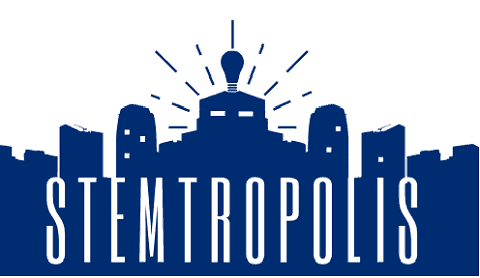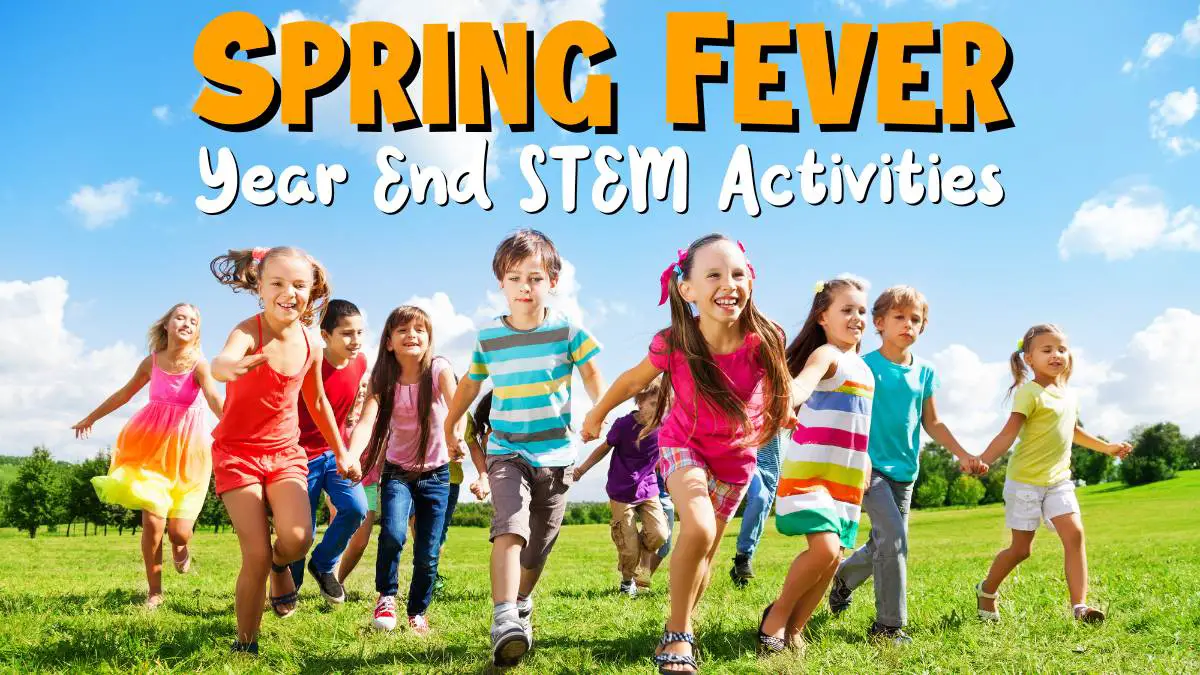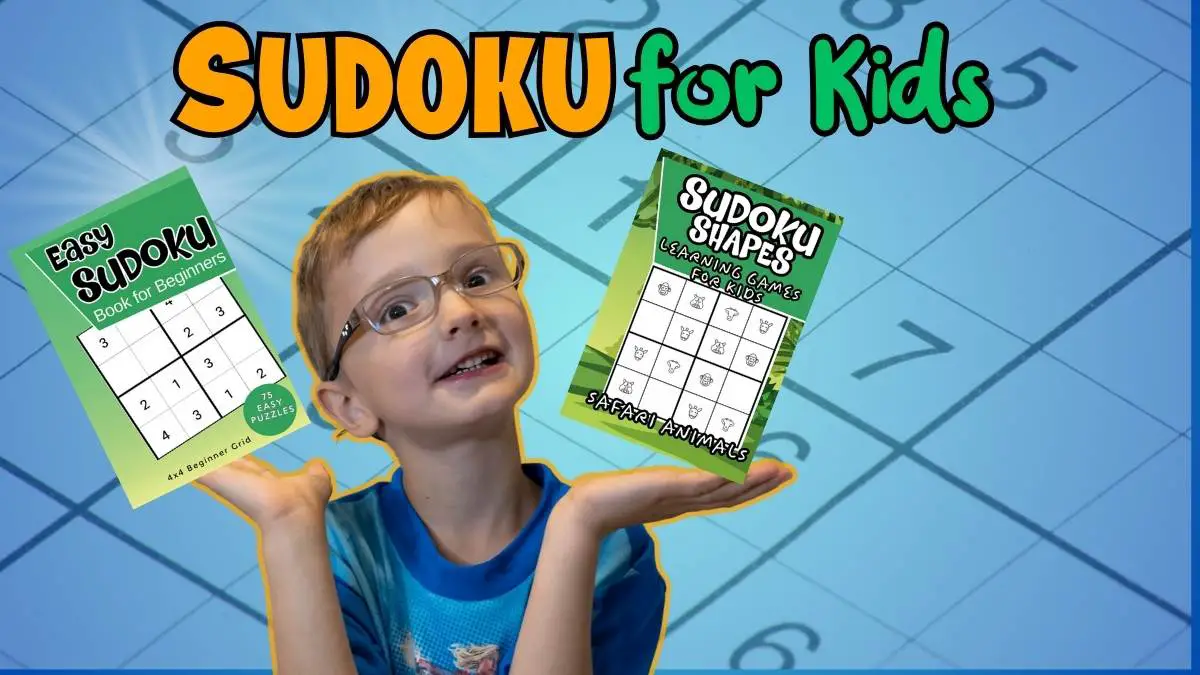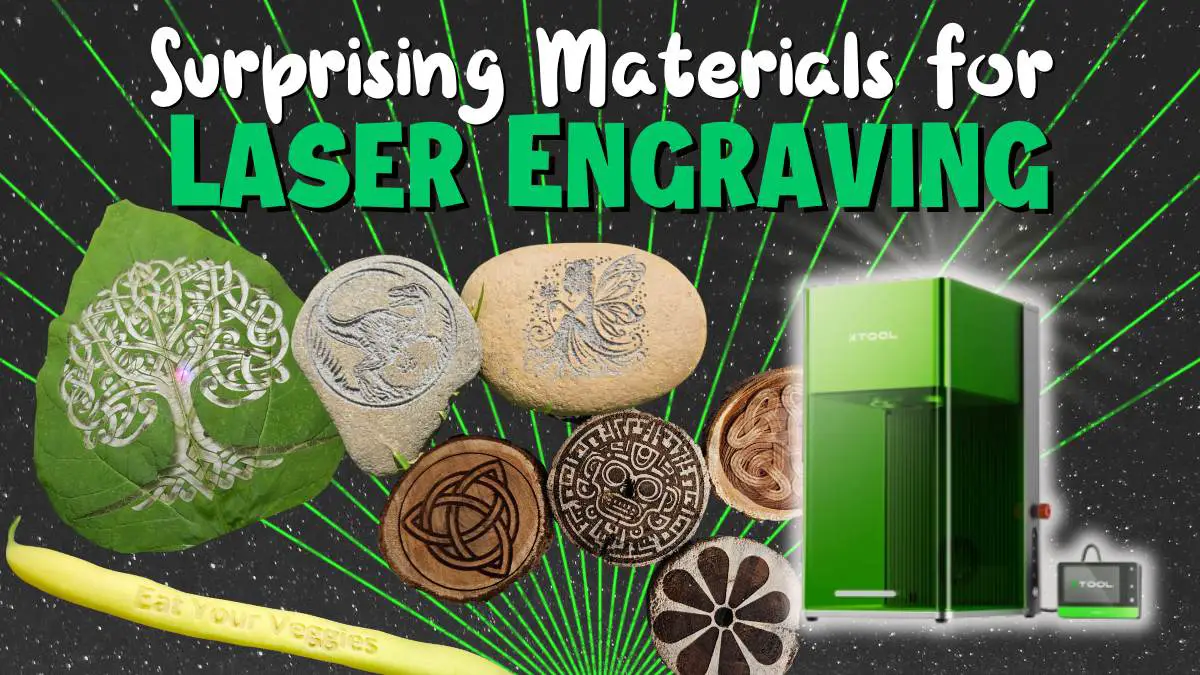The sun is shining, attention spans are shrinking, and the countdown to summer has officially begun. It’s that magical (and slightly chaotic) time of year when “spring fever” hits your classroom like a caffeine-fueled rocket. But instead of battling the wiggles and daydreams, why not harness all that end-of-year energy with hands-on STEM fun?
Whether you’re looking for ways to keep students engaged after testing season, planning a memorable STEM-themed field day, or just trying to make it to the final bell with your sanity intact, we’ve got you covered. These creative STEM activities are designed to get students moving, thinking, building, and laughing—all while sneaking in real learning.
Let’s make the last weeks of school something to celebrate and turn “I’m soooo done” into “What are we doing next?!”
Outdoor Measurement Olympics
Turn math and science into a mini-Olympics! Get your students up, moving, and thinking with this energetic blend of STEM and physical activity! The Outdoor Measurement Olympics turns classic recess games and physical challenges into a data-driven math and science experience.
Students participate in Olympic-style events that require them to measure, record, calculate, and compare their results. It’s the perfect end-of-year activity to burn off energy while reinforcing measurement, data analysis, and basic physics concepts—plus it’s a ton of fun.
This activity works well in teams or as individual challenges and can be adapted for different grade levels or ability levels. It’s a great way to sneak in math skills while students think they’re just playing games.
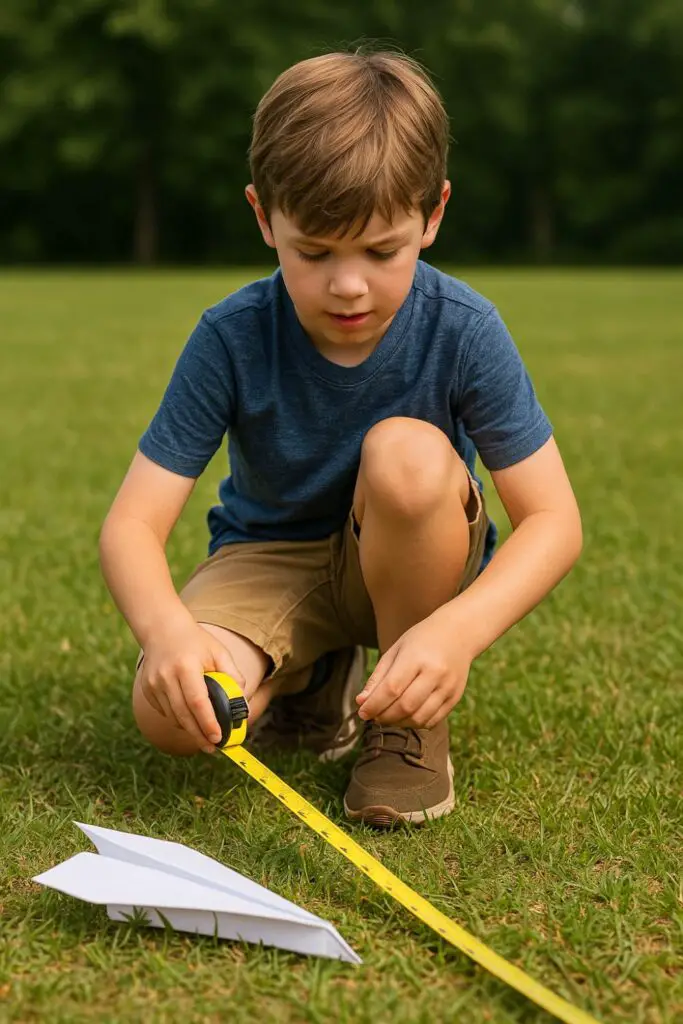
Materials Needed:
- Measuring tape
- Stopwatch
- Paper airplanes
- Water balloons
- Clipboards, pencils, recording sheets
Steps:
1. Set Up Stations:
Choose 3–5 “Olympic” events and set up each with clear boundaries and signage. Example events include:
- Long Jump: How far can students jump from a standing position?
- Paper Airplane Distance Challenge: Who can design and throw the farthest flying plane?
- Water Balloon Toss: How far apart can partners get while still successfully tossing a balloon without breaking it?
- Bean Bag Target Throw: How accurate is your aim from different distances?
- Speed Walk Relay: Time students as they speed-walk a set distance without running.
2. Explain the Rules and Tools:
- Teach students how to measure accurately (to the nearest inch or centimeter).
- Show how to use a stopwatch and record times.
- Demonstrate how to mark start and end points for each event.
3. Compete and Record Data:
- Have students rotate through the stations in small groups.
- At each station, they record their results on a worksheet (e.g., jump distance, time, accuracy score).
- If repeating events, they can record multiple attempts and calculate averages.
4. Analyze and Compare:
- After completing the stations, return to the classroom to discuss results.
- Graph class averages or compare longest/farthest/fastest across the group.
- Discuss factors that may have influenced outcomes (wind, form, materials).
5. Celebrate Participation:
- Give out fun awards for “Best Design,” “Most Improved,” “Fastest,” etc.
- Let students reflect on how measurement and data helped them improve or understand their performance.
STEM Concepts:
- Data collection and graphing
- Units of measurement
- Predicting and comparing results
- Kinetic energy and motion
Bubble Science Bonanza
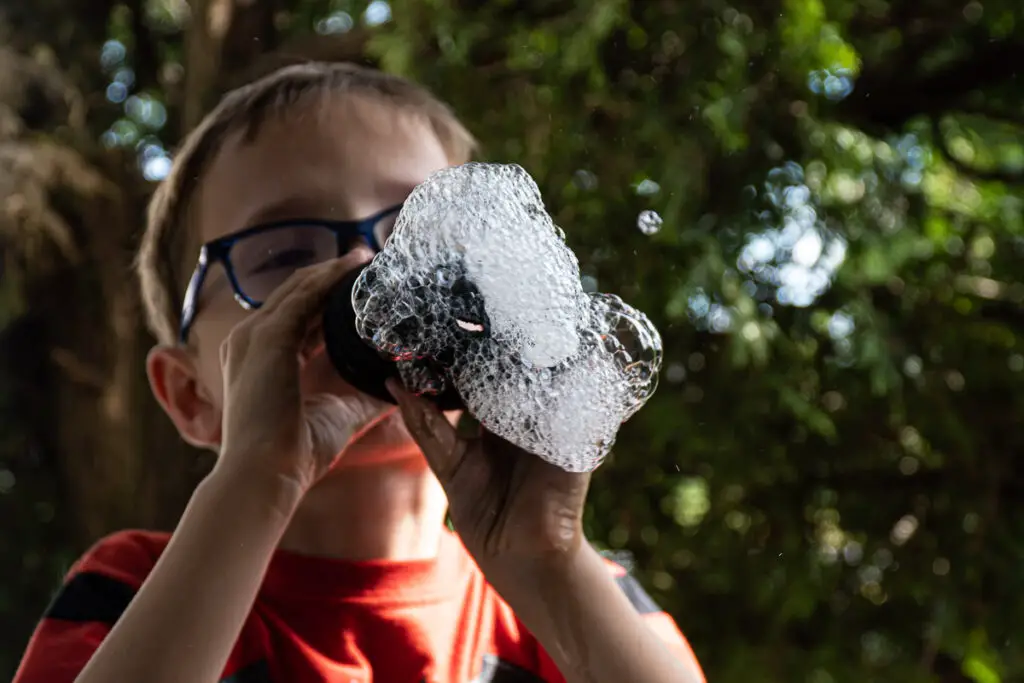


Tap into springtime excitement with hands-on bubble experiments! Students explore surface tension, shapes, and air pressure while creating and testing bubble wands.
Materials Needed:
- Bubble solution (store-bought or DIY with dish soap, water, glycerin)
- Pipe cleaners, straws, string, coat hangers (for wands)
- Rulers, stopwatches
- Notebook or worksheet for observations
Steps:
- Have students design and build bubble wands of different shapes.
- Test how large or long-lasting their bubbles are.
- Try bubble races or blowing bubbles in different wind conditions.
- Discuss what shapes bubbles form and why.
STEM Concepts:
- Surface tension
- Geometry (sphere formation)
- Engineering design
- Scientific observation
Check this out
Check out these bubble activities for Spring Fever or Summer fun
Insect Investigation Safari
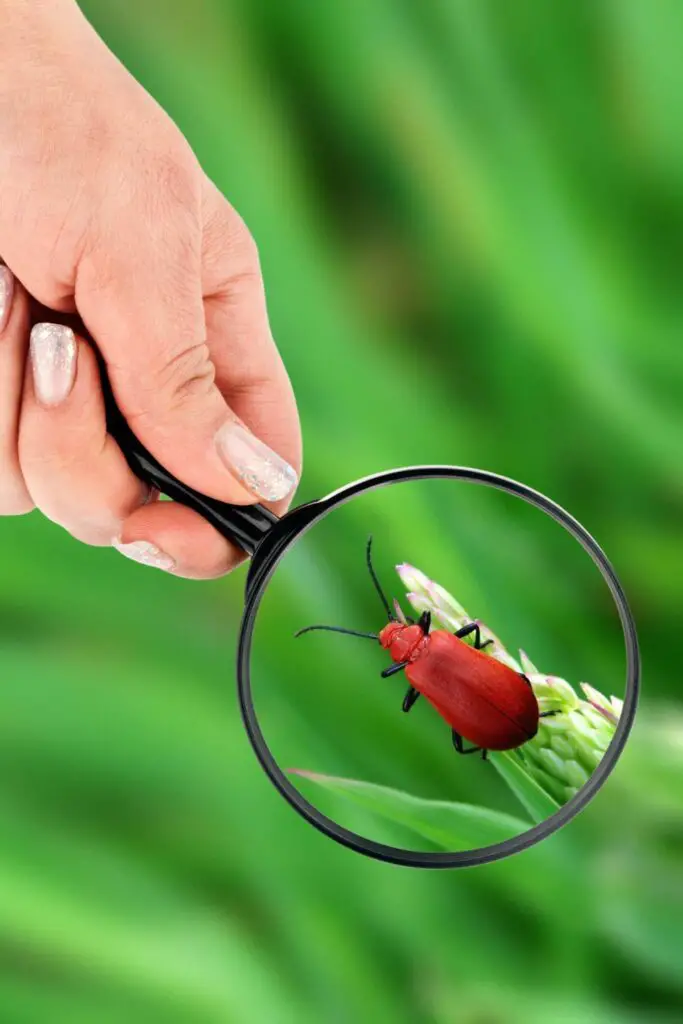
Let students channel their inner entomologist with a schoolyard bug hunt! They’ll collect data on insect species and behavior while practicing observation, classification, and scientific drawing.
Materials Needed:
- Magnifying glasses
- Insect jars or bug viewers
- Field guides or printed ID charts
- Notebooks, pencils, clipboards
Steps:
- Give students a simple data sheet to record bugs they find (name, sketch, location, number).
- Encourage respectful catch-and-release observation.
- Identify species and tally types of insects found in different areas.
- Optional: Create insect bar graphs or pie charts back in the classroom.
STEM Concepts:
- Biology and ecosystems
- Observation and classification
- Data collection and analysis
- Scientific illustration
Build a Yearbook Time Capsule
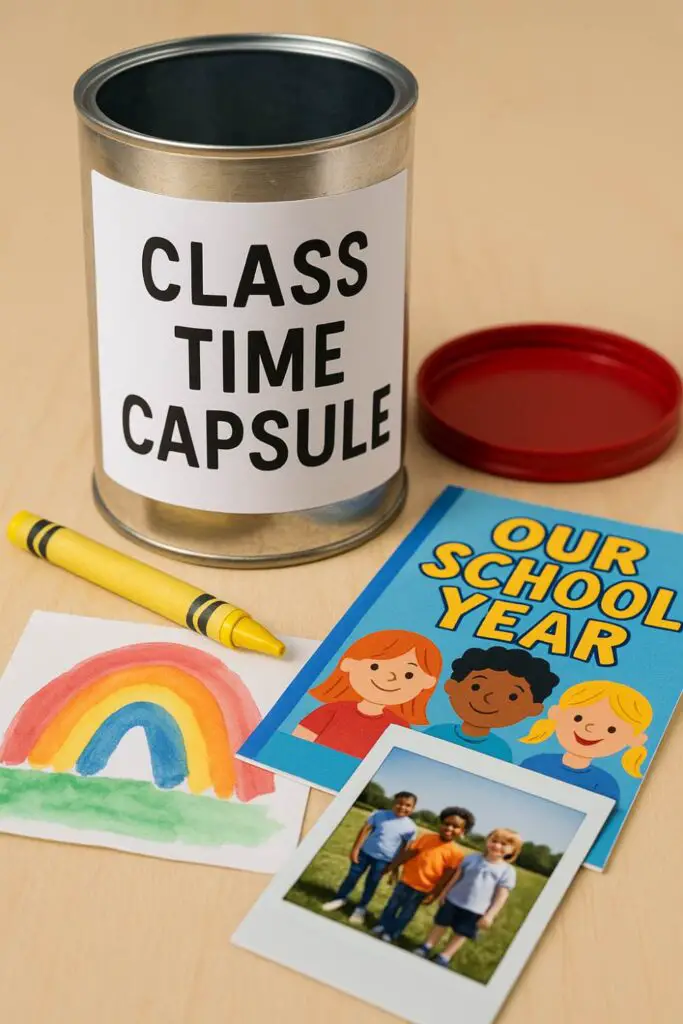
Wrap up the school year with a creative and reflective STEM twist! Students can design and construct their own time capsules to preserve their favorite memories from the year. This activity blends engineering design with personal reflection and introduces concepts of preservation and material science.
Materials Needed:
- Small cardboard boxes or plastic containers with lids
- Aluminum foil, plastic wrap, or zip-lock bags (for waterproofing)
- Paper, pens, crayons, markers
- Glue or tape
- Scissors
- Optional: silica gel packets or desiccant packs (for moisture control)
Steps for the Activity:
- Have students brainstorm items or memories to include (photos, small drawings, a note to future self, a list of favorite things, etc.).
- Discuss what materials would preserve best over time and why.
- Students design the exterior of their time capsule—consider waterproofing, sealing methods, and durability.
- Add items to the container and seal it.
- Label with “Open in [Future Year]” and discuss where it will be stored or buried (optional).
STEM Concepts:
- Engineering design process
- Material properties and preservation
- Planning and organization
- Data representation (e.g., writing down current facts as a time snapshot)
STEM Field Day Challenge
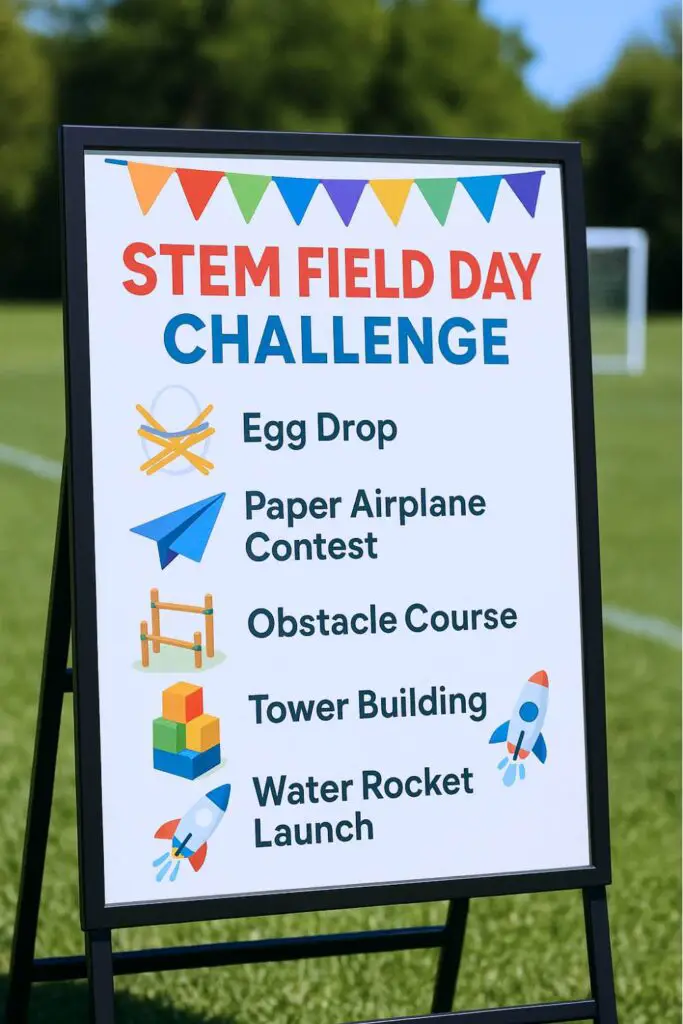
Put a STEM spin on the traditional end-of-year field day by rotating students through hands-on, high-energy challenges that encourage problem-solving, teamwork, and real-world application of science, technology, engineering, and math. Each station includes a fun physical or engineering task with measurable results, making this a great mix of brains and brawn!
How It Works:
- Set up stations outdoors or in a gym/classroom if needed.
- Group students into teams and rotate them through the stations in timed intervals.
- Each challenge includes a task, a STEM twist, and a way to score or evaluate success.
- Optionally, provide a scorecard and hold a closing ceremony with fun awards like “Most Creative Design” or “Top Engineers.”
🧱 Cup Stack Engineering
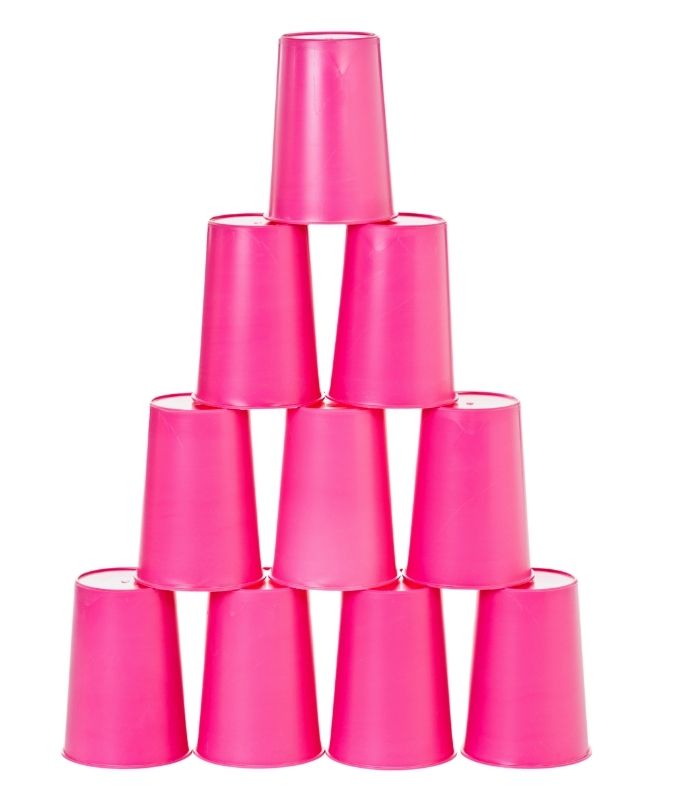
Objective: Build the tallest free-standing cup tower using teamwork and simple tools.
Materials Needed:
- Plastic cups (10–20 per team)
- Rubber bands
- String or yarn (4 pieces per team, 2–3 feet long each)
Steps:
- Tie strings to a rubber band to make a “team gripper.”
- Teams use only the gripper (no hands!) to stretch the band around a cup and stack it.
- See how tall a structure they can build in 10 minutes.
STEM Concepts:
- Engineering design
- Team communication and problem-solving
- Balance and structure
Related Post
Check out this post for more activities with plastic cups
🌉 Pool Noodle Bridge Build
Objective: Create a bridge that spans the greatest distance using pool noodles and limited tape.
Materials Needed:
- Pool noodles
- Tape (duct or masking)
- Rulers or yardsticks
- Blocks or chairs (to act as base supports)
Steps:
- Set two chairs or blocks apart and challenge students to span the gap using only the provided materials.
- No part of the bridge can touch the ground between supports.
- Measure and record the longest successful spans.
STEM Concepts:
- Structural engineering
- Weight distribution
- Creative problem-solving
🚢 Foil Boat Float-Off
Objective: Design a boat that can hold the most coins or marbles before sinking.
Materials Needed:
- Aluminum foil (cut into same-sized sheets for fairness)
- Containers of water (tubs or large bins)
- Pennies, marbles, or washers
- Towels for spills
Steps:
- Each team designs and folds a boat using one sheet of foil.
- Place it in the water and add weights one at a time.
- Record the number of objects held before the boat sinks.
STEM Concepts:
- Buoyancy and displacement
- Material properties
- Iteration and design testing
🍃 Wind-Powered Racers
Objective: Build and race lightweight vehicles powered only by wind (from fans or blowing).
Materials Needed:
- Straws, paper, tape, wheels (bottle caps, buttons, etc.)
- Cardboard or plastic bottle bases
- Handheld fans or students’ breath to “power”
- Measuring tape
Steps:
- Teams build a racer using the materials provided.
- Race by placing them on a start line and using wind only to propel forward.
- Measure distance traveled or time to reach a target.
STEM Concepts:
- Force and motion
- Air resistance and propulsion
- Engineering design
🧪 Mystery Material Tower
Objective: Build the tallest freestanding tower using a mystery bag of random materials.
Materials Needed (per team):
- Mystery bag containing a mix of items (e.g., craft sticks, paper straws, pipe cleaners, index cards, tape, mini cups, etc.)
- Timer
- Ruler or tape measure
Steps:
- Give each team the same “mystery bag.”
- Set a 10-minute timer for building the tallest tower.
- Measure height and test for stability.
STEM Concepts:
- Design thinking
- Creativity within constraints
- Structural integrity
🧠 STEM Trivia Relay
Objective: Combine physical activity with quick STEM recall.
Materials Needed:
- Printed STEM trivia questions (varying difficulty levels)
- Cones or markers for relay lanes
Steps:
- Teams line up in relay format.
- One member at a time runs to a table, answers a trivia question, and runs back.
- If the answer is incorrect, they go to the back of the line and try again later.
- First team to complete all questions wins!
STEM Concepts:
- Science and math review
- Quick recall and reasoning
- Movement and engagement
🌟 Optional Bonus: Create a STEM Passport
Give each student or team a STEM Field Day Passport with checkboxes for each station. As they complete each one, they get a stamp or sticker. At the end, offer small prizes or certificates for participation, creativity, teamwork, and innovation.
Plant-Powered Mazes
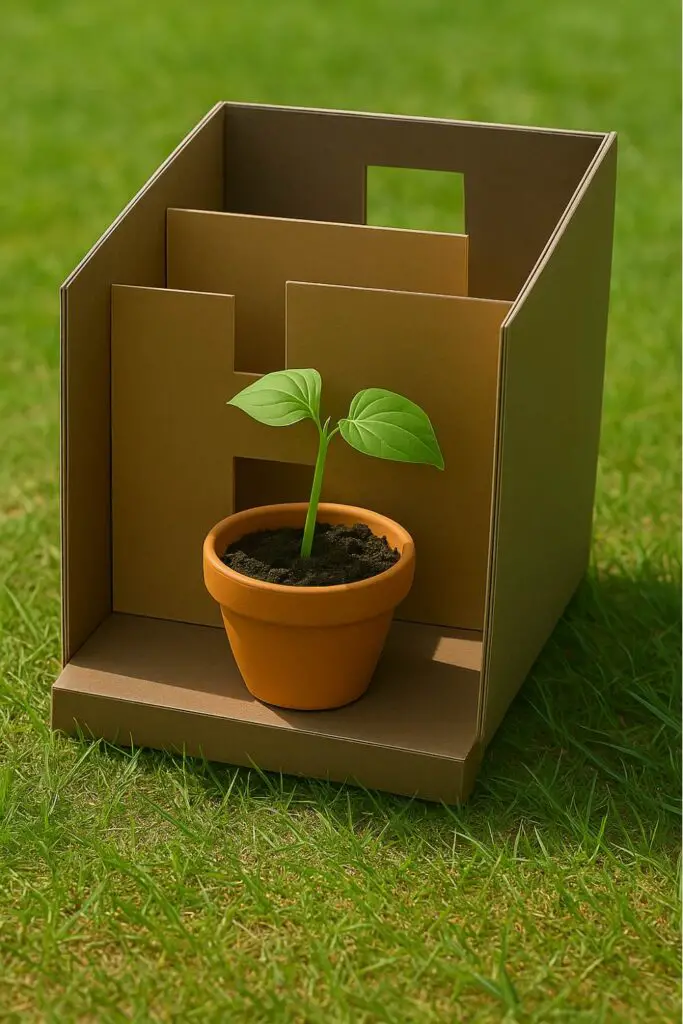
This slow-and-steady STEM activity brings biology and engineering together as students explore phototropism—the way plants grow in response to light. By building cardboard mazes and guiding plants to grow through them toward a light source, students get hands-on experience with plant behavior, problem-solving, and observation over time. It’s a great long-term project that teaches patience and encourages scientific journaling.
Materials Needed:
- Cardboard boxes or shoeboxes
- Small potted bean or pea plants
- Scissors, tape
- Flashlight or access to window light
Steps:
- Create a “maze” or tunnel inside the box using partitions and paper.
- Place the plant at one end and cut a light opening at the other.
- Observe the plant’s growth over a week as it navigates toward the light.
- Measure angles of growth and document daily changes.
STEM Concepts:
- Plant biology (phototropism)
- Scientific observation and journaling
- Environmental science
- Engineering design
Related Post
Check out this post for more activities with plants
Make a Solar Oven and Roast Marshmallows
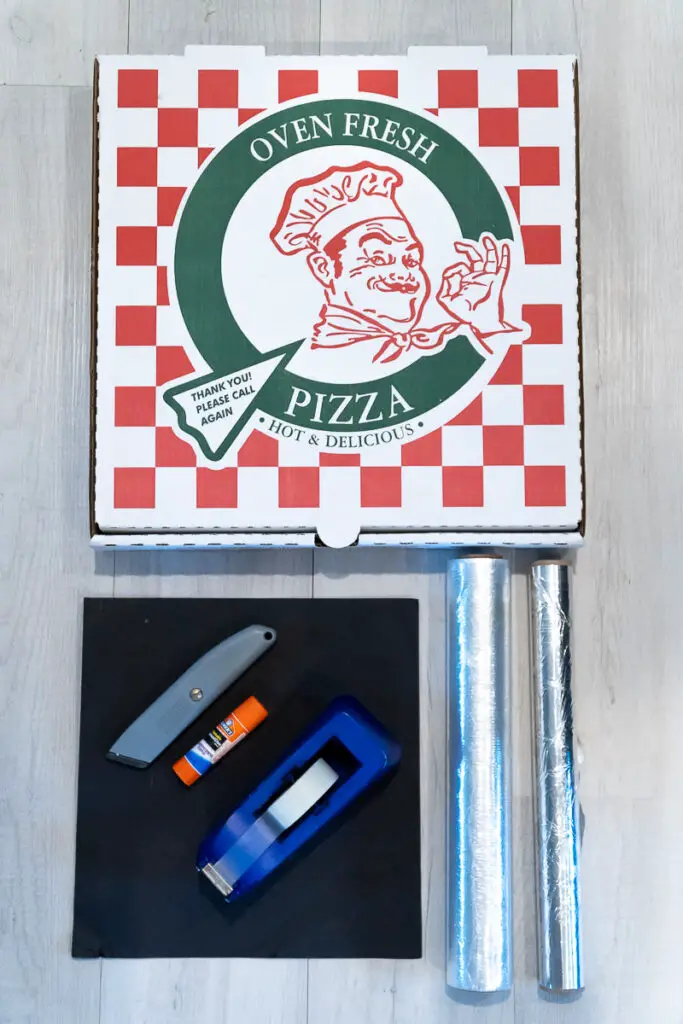
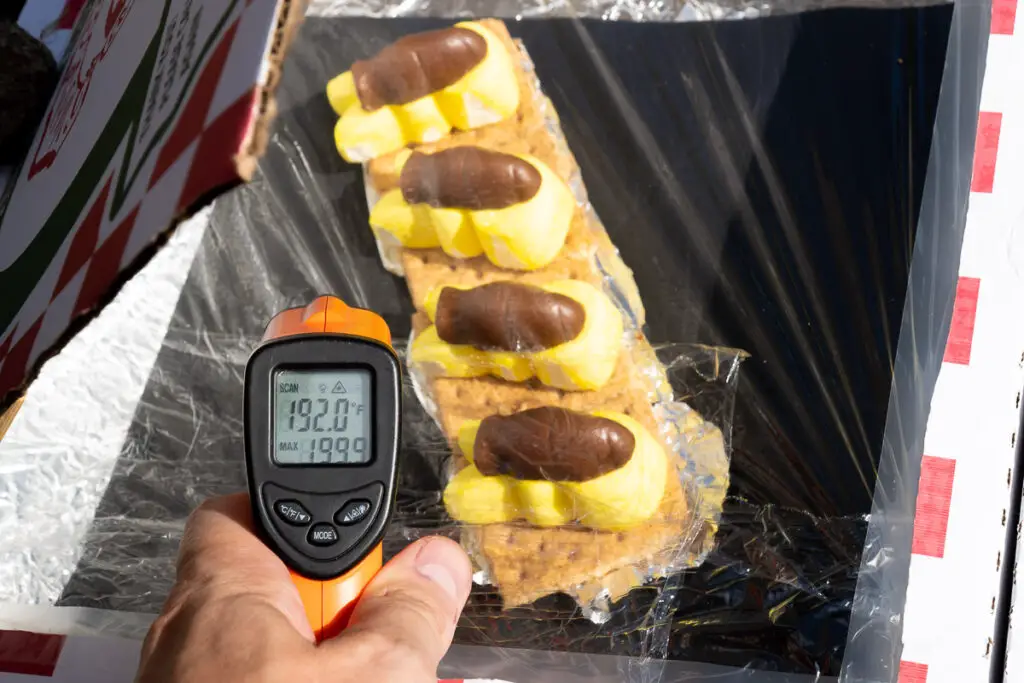
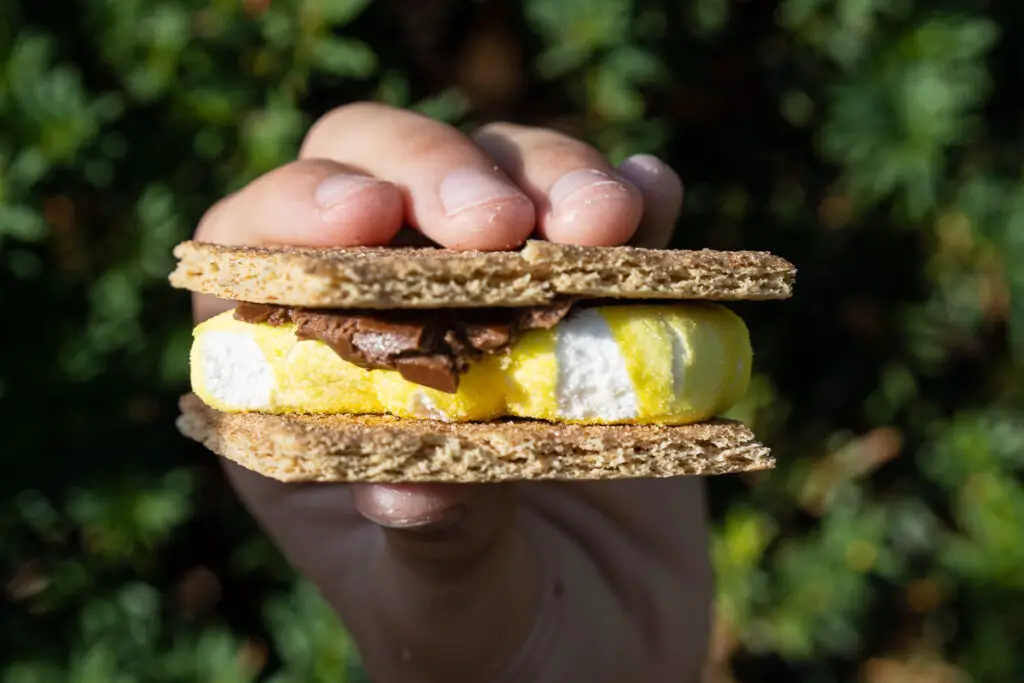
Description:
Harness the power of the sun to cook up a tasty treat! Students will build their own solar ovens using simple materials to melt s’mores or roast marshmallows, while learning about energy transformation and insulation.
S’more Fun!
Check out the full activity in our Summer Science page
STEM Concepts:
- Solar energy and heat transfer
- Insulation and reflection
- Energy transformation
- Environmental science and renewable energy
End-of-Year Egg Drop
A classic STEM challenge with a celebratory twist—design a device to protect an egg from a high fall using limited materials. This is a great team activity that encourages critical thinking, problem-solving, and creativity.
Materials Needed:
- Raw eggs
- Straws, paper, tape, string, rubber bands, balloons, cotton balls
- Plastic bags, cardboard, bubble wrap (optional materials for bonus challenges)
- Rulers and scales (optional, for measuring weight or size)
- A ladder or safe elevated drop point
Steps for the Activity:
- Present the challenge: “Design a contraption that will keep an egg safe when dropped from 6 feet (or higher).”
- Assign materials and set time limits for planning and building.
- Once complete, have each group drop their egg and observe the results.
- Encourage teams to reflect on what worked or didn’t and why.
- Optional: Have a “Best Design” award for lightest, smallest, or most creative structure.
STEM Concepts:
- Impact force and energy transfer
- Structural engineering and shock absorption
- Trial and error (testing and redesign)
- Problem-solving and critical thinking
Wrapping Up the School Year with STEM and Smiles
As the school year winds down and excitement for summer ramps up, these STEM activities offer the perfect balance of structure and freedom—just what students (and teachers!) need during those final, energetic weeks.
STEM isn’t just about solving equations or building prototypes—it’s about curiosity, creativity, and celebrating how we learn. So go ahead: take your class outside, make a mess, try something new, and remind your students that learning doesn’t stop when the final bell rings—it just gets more interesting.
Here’s to a strong finish and a summer full of wonder!
